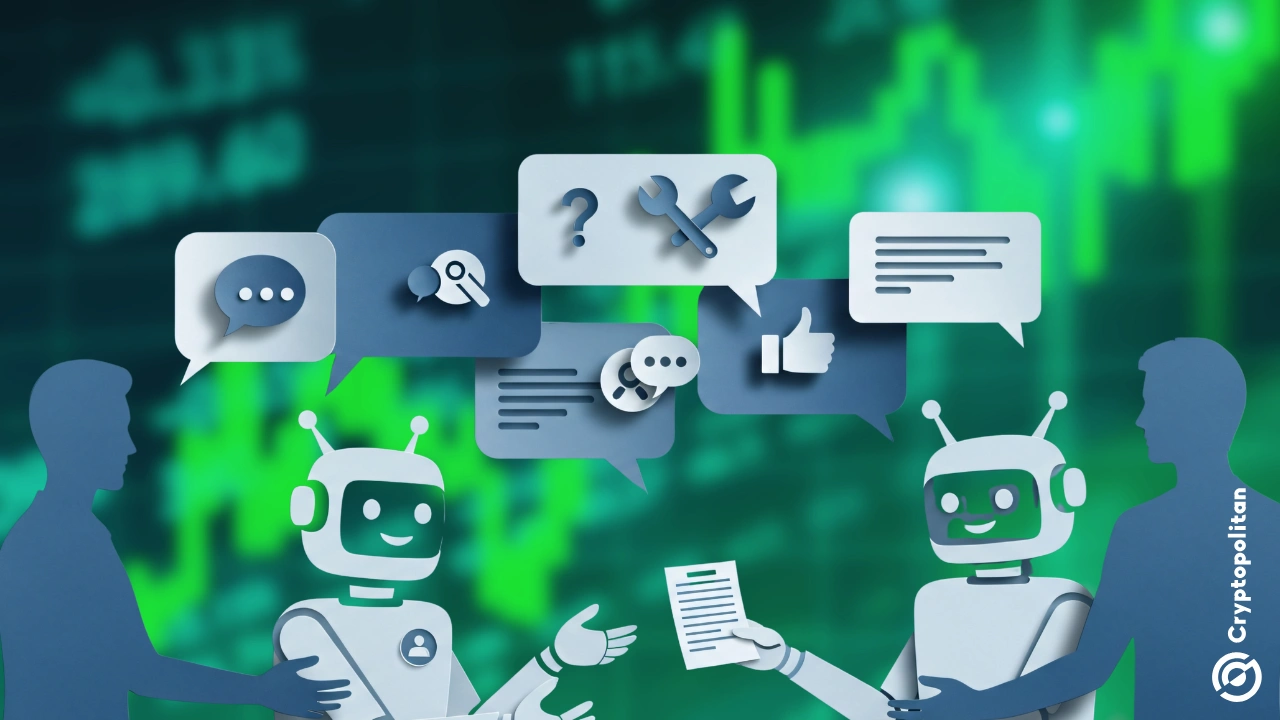The Power of Open-Source AI in Innovation and Collaboration
In the ever-evolving world of artificial intelligence (AI), open-source tools and models stand as pillars of innovation and collaboration. They not only offer the transparency and customization that developers crave but also foster a collaborative environment where ideas are shared and innovation thrives. This article delves into the realm of open-source AI, highlighting its benefits, distinguishing between ‘open’ and ‘open-source’ models, and exploring the role of tools like Gemma in the landscape of AI development.
The Benefits of Open-Source AI
Firstly, let’s delve into the benefits of open-source AI. The transparency that open-source AI provides is invaluable. Developers can inspect the code, understand how the AI model works, increase trust, and help identify potential biases. Customization is another significant advantage. Models and code can be tailored for specific requirements, providing flexibility that closed-source solutions often don’t offer. This level of customization fosters a collaborative environment where developers share ideas, contribute improvements, and accelerate innovation.
Distinguishing Between ‘Open’ and ‘Open-Source’ Models
Secondly, it’s important to distinguish between ‘open’ and ‘open-source’ models. Open models feature free access to the model weights, but terms of use, redistribution, and variant ownership vary according to a model’s specific terms of use. For example, Google’s Gemma models are freely available for individual developers, researchers, and commercial users for access and redistribution. On the other hand, open-source models like Stable Diffusion, GPT-NeoX, and GPT-J operate under an open-source license, allowing for greater freedom in their use and modification.
The Role of Tools like Gemma in AI Development
Thirdly, let’s explore the role of tools like Gemma in AI development. Gemma, available in the Vertex AI Model Garden, is a state-of-the-art open model that developers can use for exploration and experimentation. This powerful tool can help reduce operational overhead and focus on creating bespoke versions of open models optimized for specific use cases.
In conclusion, open-source AI leverages the power of community collaboration to contribute code, create powerful models, and even collect massive datasets. These resources are made freely available under open-source licenses, enabling developers to download, inspect, and adapt them to their specific needs. Open-source libraries like TensorFlow and PyTorch provide the building blocks, while repositories like Hugging Face offer a collection of pre-trained models ready for use.
For more insights into the world of marketing and technology, stay tuned to martechtrend.com. Here, you’ll find a wealth of information on various topics, including AI, data science, digital marketing, and more. So, why wait? Start exploring the world of open-source AI today!





Leave a Reply